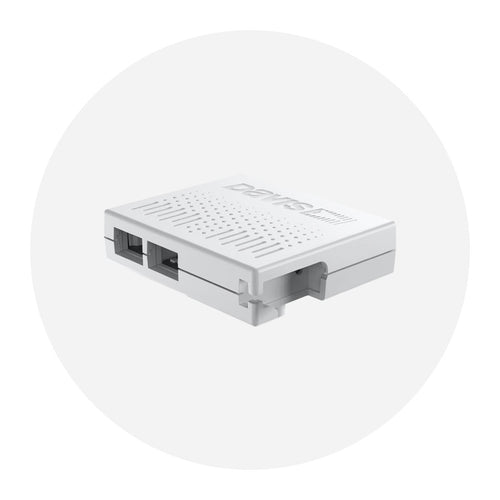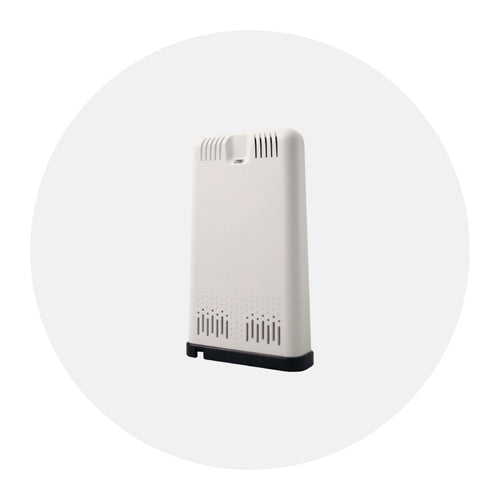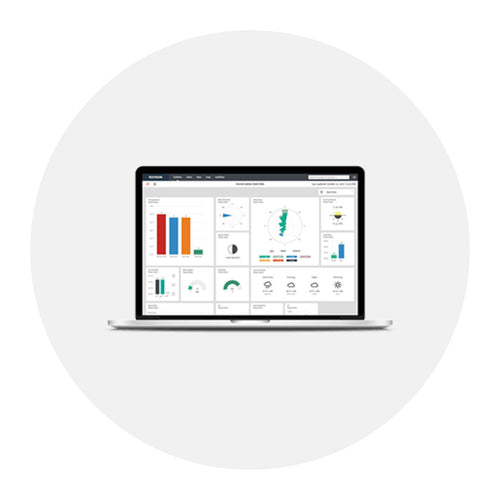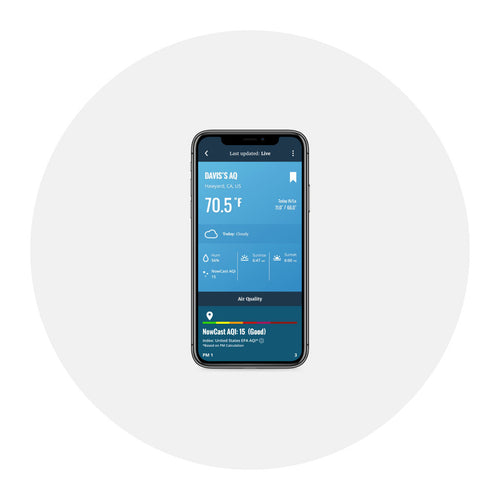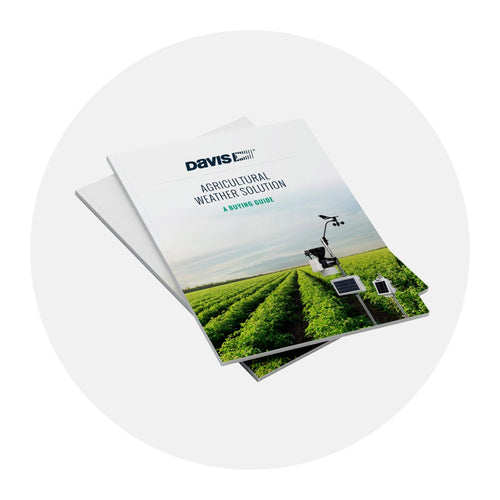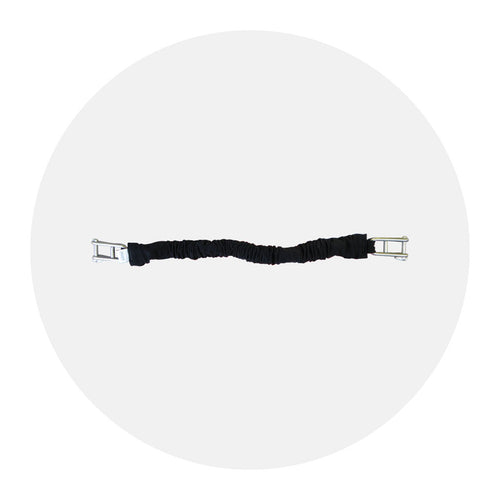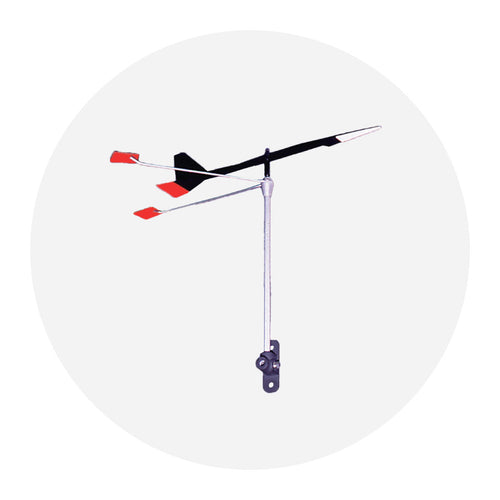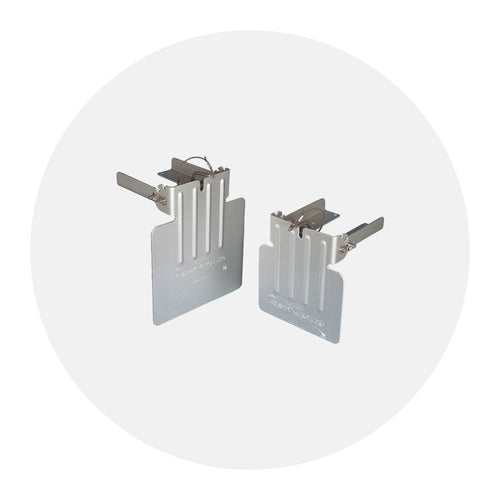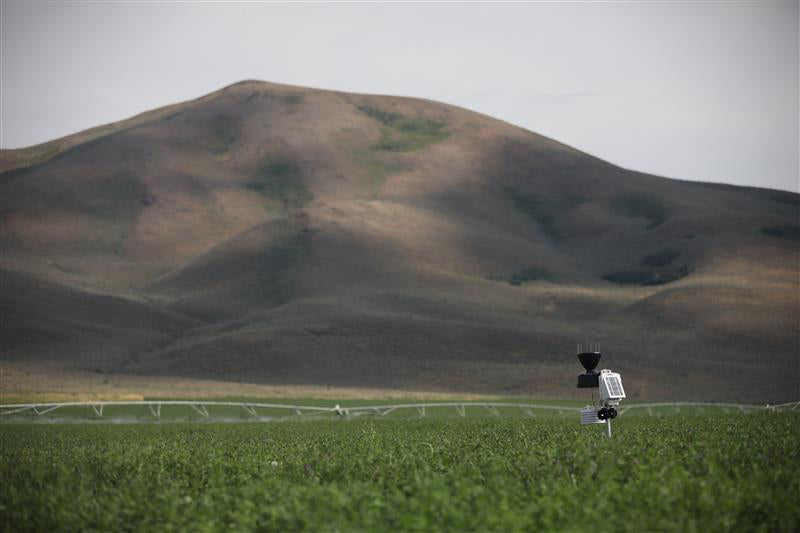
EnviroMonitor system for high alfalfa yield

We installed an AeroCone Rain Collector and Temperature/Humidity Sensor on an EnviroMonitor Node in this center-pivot irrigated alfalfa field in Idaho.
A Davis EnviroMonitor system can make that task a lot simpler. This summer, we set up an EnviroMonitor system in an Idaho alfalfa field, to demonstrate how EnviroMonitor can make the water management piece of the grower’s plan a lot easier to deal with.
Alfalfa is a thirsty crop, but its deep roots can be injured by water-logged soil. It has several other qualities that make growing it a bit different from other crops. For one, its root system goes deep and the growing season is long. For another, the whole above-ground biomass is harvested, which affects irrigation management because yield is so directly related to ET (evapotranspiration). Then there is the fact that it is harvested more than once a year, with cuttings left to cure before baling. During harvest and curing, irrigation is put on hold, and growers must try juggle that fact with the fact that alfalfa loves uniform irrigation, and if soil gets too dry during this period, yield of future cuttings can be irretrievably harmed.
Tracking ET with GroWeather sensor suite lets growers make accurate yield predictions and schedule irrigation. It also helps in monitoring hay drying rate. It lets growers feel at ease baling at an earlier date and getting water back on as soon as possible. But to go further, when past ET is paired with a 7-day forecast and GDD tracking, all available through our Mobilize App, farmers have at their fingertips some of the most important information needed to determine the best time to cut their hay.

A Davis sensor suite reports additional weather data to the EnviroMonitor Gateway.
Prior to even planting alfalfa, growers must consider multiple factors. For example, they must refill the soil profile to adequate levels in the cool months to ensure enough deep moisture is available when temperature and ET levels climb. These growers know the need for soil moisture and soil temperature tracking at planting to optimize the earliest possible plant date, emergence, and stand for a promising start to the season.
Minimizing in-field “losses” can include monitoring actual applied water and determining the adequacy of each irrigation. Identifying the location of active root uptake depths is a must, as is understanding each soil type present (and, ideally, its water holding capacity). This will optimize the alfalfa plant water uptake while reducing potential for nutrient leeching and growth inhibiting diseases such as Phytophthora Root Rot caused by overwatering and/or “standing water” in low-lying areas of the field (can be more prevalent in heavy soils).
This test field, like many alfalfa fields, is irrigated with a center pivot. Center pivots allow for a lot of precision in applying water, as well as uniformity. For accurate estimation of ET, we installed an AeroCone rain collector on an EnviroMonitor Node that reports data to an EnviroMonitor Gateway, to measure both rain and actual applied water through the overhead pivot sprinklers. Determining how much rain fell and its infiltration rate can help reduce cost of applying unnecessary irrigation water.
We also installed a Temperature/Humidity Sensor with Radiation Shield in EnviroMonitor Nodes, to give the grower this data from exactly where it matters. Alfalfa, with its dense canopy, is fond of warm temperatures but not hot weather. Humidity sensors at the ground level after cutting are an aid for identifying when to rake and bale hay, as higher relative humidity is a good indication of high moisture. Reaching the appropriate moisture content prior to racking hay is another means to reduce compromising the nutritional value as well as combating leaf loss (the most valuable part of the plant). This will help the grower avoid issues like wet bales that can combust, decreased hay storage life and nutrient levels affecting the overall profitability of that cutting of alfalfa. Beyond cutting and baling, temperatures in stacked hay can be monitored (not pictured) to identify any mold and bacteria growth, hence creating heat.
Then there are the all-important Soil Moisture Sensors. Growers must watch soil moisture carefully to help identify water infiltration rates. They need to know how much of the applied irrigation water (or rainwater) moves through the soil profile. Soil moisture monitoring at shallower depths is also critical to reduce the risk of soil compaction to help support regrowth for multiple cuttings to come. The Mobilize app puts this real-time soil moisture data at the grower’s fingertips, allowing for precise adjustment of their irrigation schedule.
Alfalfa is a bedrock crop for the agriculture industry. Its high protein, low fiber is good for meat and dairy animals; and growers who plant it know it reduces runoff of pesticides and traps nitrogen in its roots. It benefits wildlife, and even enriches soil for crops like corn and soybeans that are grown after it. Growing high tonnage/acre alfalfa is a win-win-win for all of us, and EnviroMonitor, with its cohesive and flexible installation options help growers do just that.
Click here to learn more about our EniviroMonitor system.
In the face of escalating environmental risks, AEM is the essential source for insights on weather, climate, lightning, floods, wildfires, water management, and more.
Learn more about AEM and all of our solutions here.







